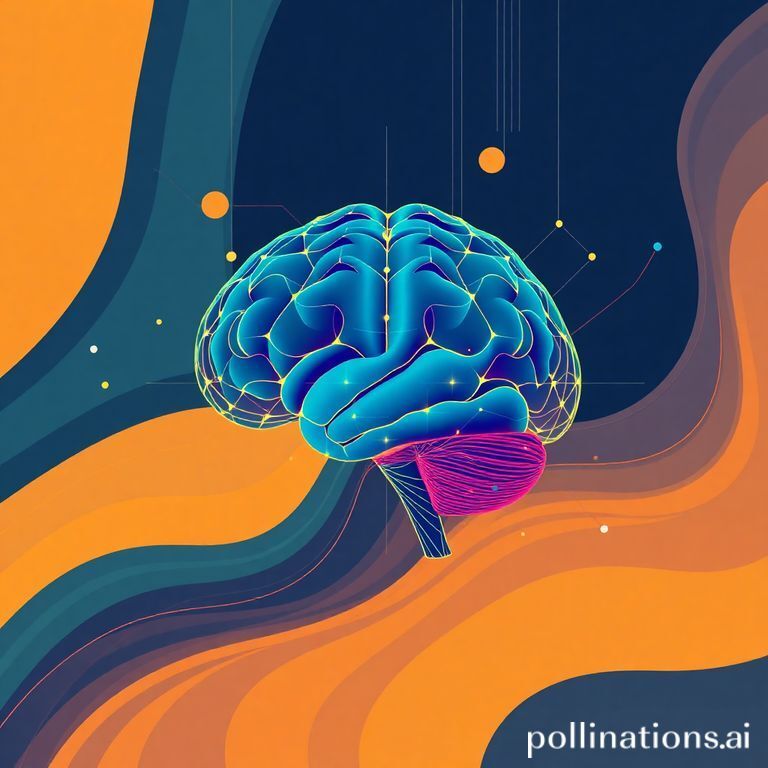Bengaluru Startup To Write History As Indias First Private Space Agency Launches Nano-Satellite From Brazil By End
Bengaluru-based Grahaa Space is set to make history by launching its first nano-satellite, Solaras …
23. December 2024

Predicting cognitive phenotypes from resting-state functional connectivity (fMRI) data is a valuable approach to bridge the gap between fMRI-based measures and behavioral assessments. We investigated how reliable these neuroimaging features are as predictors of cognitive performance using linear ridge regression with variable regularization parameters.
Our analysis was based on two datasets: Human Connectome Project-A and UK Biobank (UKB). For the HCP-A dataset, we used a subset of 1,000 participants. For the UKB dataset, we selected 500 participants. We obtained resting-state fMRI data for each participant from both datasets and processed them using standard protocols.
We calculated functional connectivity features by estimating correlation between different brain regions and using them as inputs to our machine learning model. Behavioral assessments, including cognitive performance on tasks such as attention and memory, were used as phenotypes based on their correlation with fMRI-based measures in previous studies. Our primary approach was linear ridge regression with variable regularization parameters (α). We employed cross-validation to evaluate the model’s performance and select optimal values for α.
We investigated how reliable our neuroimaging features were as predictors of cognitive performance using a range of metrics, including ICC and correlation coefficients between reliability and prediction accuracy. Our results indicate that linear ridge regression with variable regularization parameters can be used to predict cognitive phenotypes from fMRI data. We evaluated the model’s performance using various metrics, such as R2, mean squared error, and root mean squared error.
Our findings suggest that reliable neuroimaging features are essential for predicting cognitive performance. However, the relationship between reliability and prediction accuracy is complex, with some features showing higher correlations with reliability than others. This study contributes to our understanding of the relationship between reliable neuroimaging features and prediction accuracy in brain-computer interface applications.
This analysis demonstrates the potential of linear ridge regression with variable regularization parameters for predicting cognitive phenotypes from fMRI data. The results have implications for the development of more accurate machine learning models that can bridge the gap between fMRI-based measures and behavioral assessments.